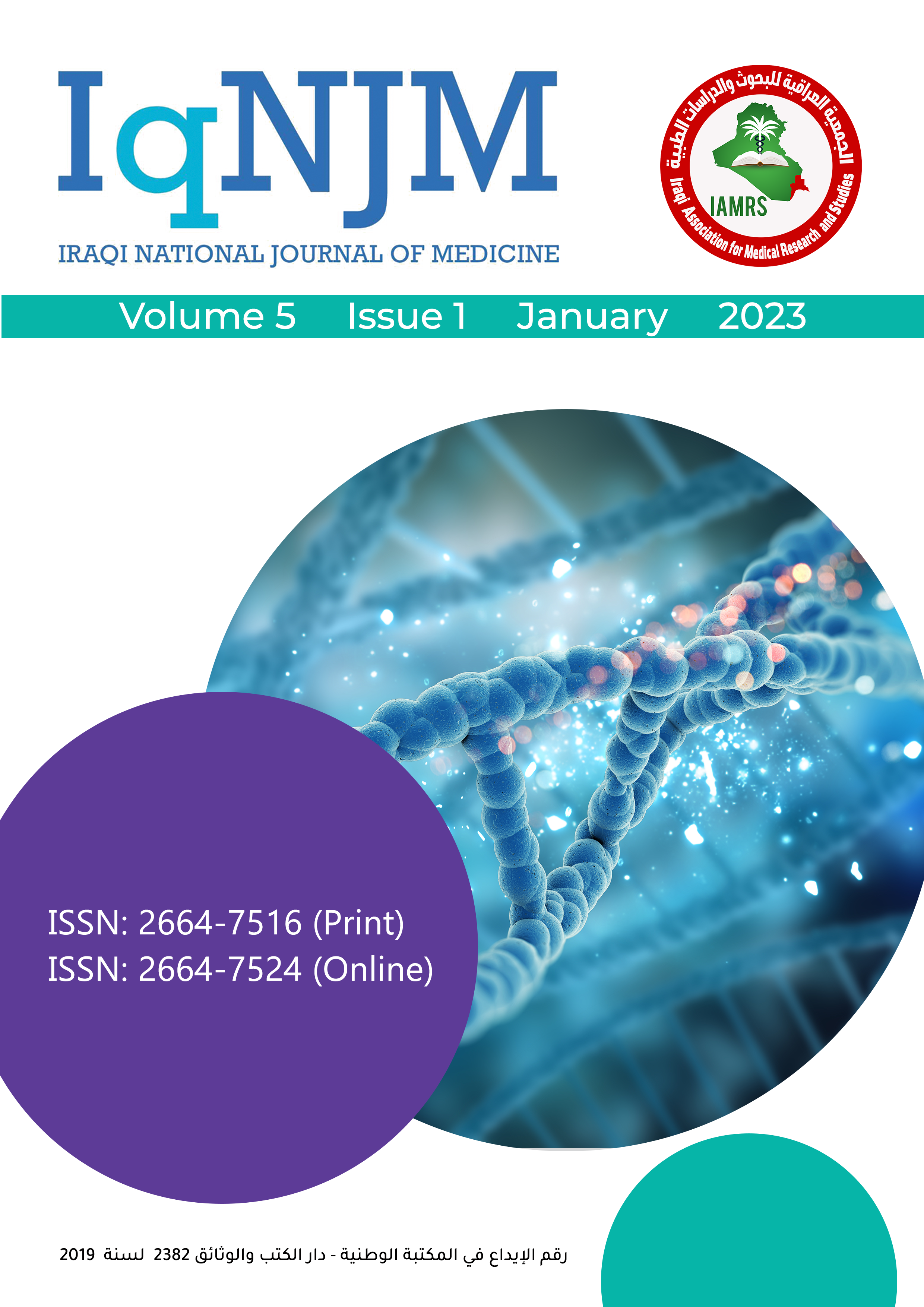Evaluating the effects of botulinum toxins to minimize post cleft lip hypertrophic scar
Main Article Content
Keywords
Abstract
Abstract:
Background: Cleft lip deformity is one of the most common congenital anomalies. Repair of cleft lip may create too much tension especially when done in wide cleft lip, and this may result in unacceptable scar.
Aim of study: To evaluate the efficacy of botulinum toxin in reducing or preventing post cheiloplasty hypertrophic scar.
Patient and method: Between the period from October 2019 to August 2021, 10 patients with cleft lip were subjected to primary cheiloplasty using Millard rotation advancement flap technique followed by botulinum toxin injection into the site of repair. Follow up period was 6 months postoperatively.
Results: All of our patients showed excellent result which was evaluated using visual analogue scale assessment which was done by tow independent surgeons. Our patients showed barely visible scar at 6 months postoperatively with no recorded hypertrophic scar. No side effect was recorded related to botulinum toxin injection.
Conclusion: Botulinum toxin injection after primary cheiloplsty showed to be safe and effective in prevention of development of unacceptable hypertrophic scar.
Keywards: botulinum, cleft lip, hypertrophic scar, cheiloplasty.
References
2. Amanda A Gosman. Cleft lip and palate 2: surgical management. Selected Readings in Plastic Surgery. 2007; 10(16): 1–91.
3. Monson LA, Khechoyan DY, Buchanan EP, & Hollier LH. Secondary lip and palate surgery. Clinics in Plastic Surgery. 2014 Apr 1; 41(2):301–9.
4. Balkin DM, Samra S, & Steinbacher DM. Immediate fat grafting in primary cleft lip repair. Journal of Plastic, Reconstructive & Aesthetic Surgery. 2014 Dec 1; 67(12):1644–50.
5. Zellner EG, Pfaff MJ, & Steinbacher DM. Fat grafting in primary cleft lip repair. Plastic and Reconstructive Surgery. 2015 May 1; 135(5):1449–53.
6. Giorgio Giatsidis. Gene Therapy in Reconstructed and Regenerative Surgery, 1st edn, Springer, 2018; p. 37.
7. Papathanasiou E, Trotman CA, Scott AR, & Van Dyke TE. Current and emerging treatments for postsurgical cleft lip scarring: Effectiveness and mechanisms. Journal of Dental Research. 2017 Nov; 96(12):1370–7.
8. Alhazmi B, & Aldekhayel S. The use of botulinum toxin type A to minimize scarring in cleft lip repair: A literature review. Archives of Plastic Surgery. 2019 Mar; 46(2):181.
9. Soltani AM, Francis CS, Motamed A, Karatsonyi AL, Hammoudeh JA, Sanchez-Lara PA, Reinisch JF, & Urata MM. Hypertrophic scarring in cleft lip repair: A comparison of incidence among ethnic groups. Clinical Epidemiology. 2012; 4:187.
10. Sherris DA, & Gassner HG. Botulinum toxin to minimize facial scarring. Facial Plastic Surgery. 2002; 18(01):035–40.
11. Tollefson TT, Senders CM, Sykes JM, & Byorth PJ. Botulinum toxin to improve results in cleft lip repair. Archives of Facial Plastic Surgery. 2006 May 1; 8(3):221–2.
12. Chang CS, Wallace CG, Hsiao YC, Chang CJ, & Chen PK. Botulinum toxin to improve results in cleft lip repair: A double-blinded, randomized, vehicle-controlled clinical trial. PloS One. 2014 Dec 26; 9(12):e115690.
13. Galárraga IM. Use of botulinum toxin in cheiloplasty: A new method to decrease tension. Canadian Journal of Plastic Surgery. 2009 Aug; 17(3):1–2.
14. Semb G. A study of facial growth in patients with unilateral cleft lip and palate treated by the Oslo CLP Team. The Cleft Palate-Craniofacial Journal. 1991 Jan; 28(1):1–21.
15. Xiao Z, Zhang F, Lin W, Zhang M, & Liu Y. Effect of botulinum toxin type a on transforming growth factor β1 in fibroblasts derived from hypertrophic scar: a preliminary report. Aesthetic Plastic Surgery. 2010 Aug 1; 34(4):424–7.
16. Pascual-Pascual SI, & Pascual-Castroviejo I. Safety of botulinum toxin type A in children younger than 2 years. European Journal of Paediatric Neurology. 2009 Nov 1; 13(6):511–5.


